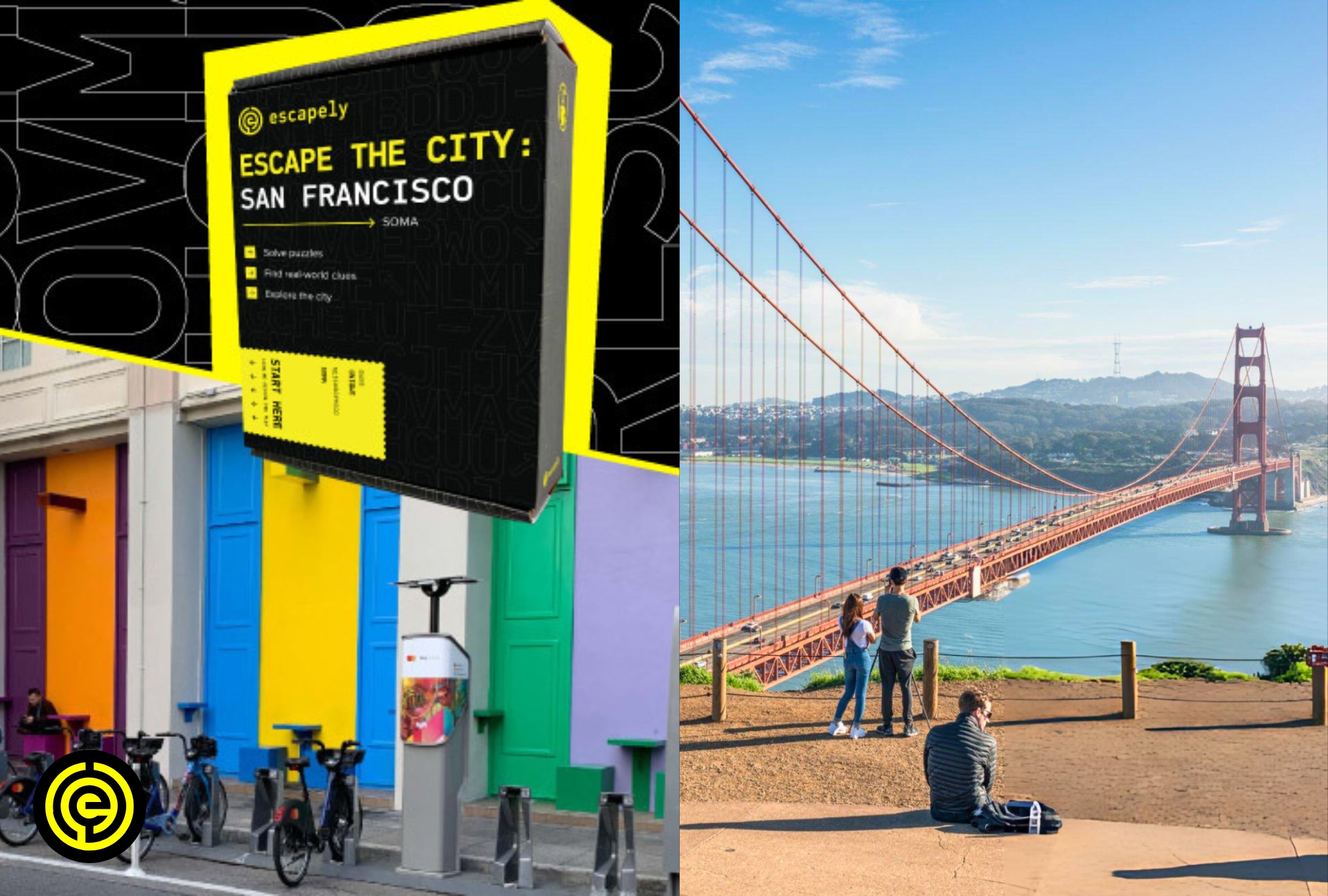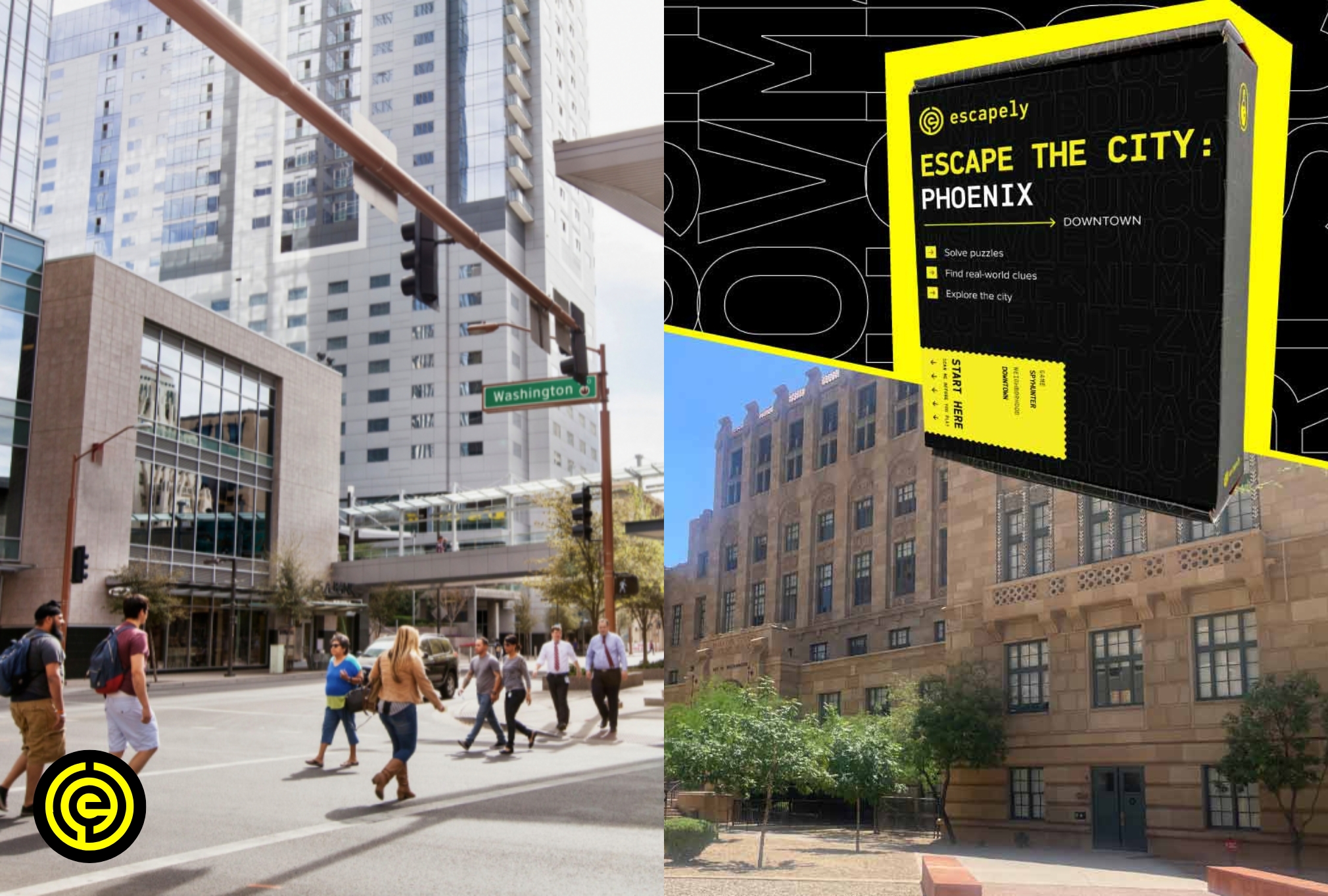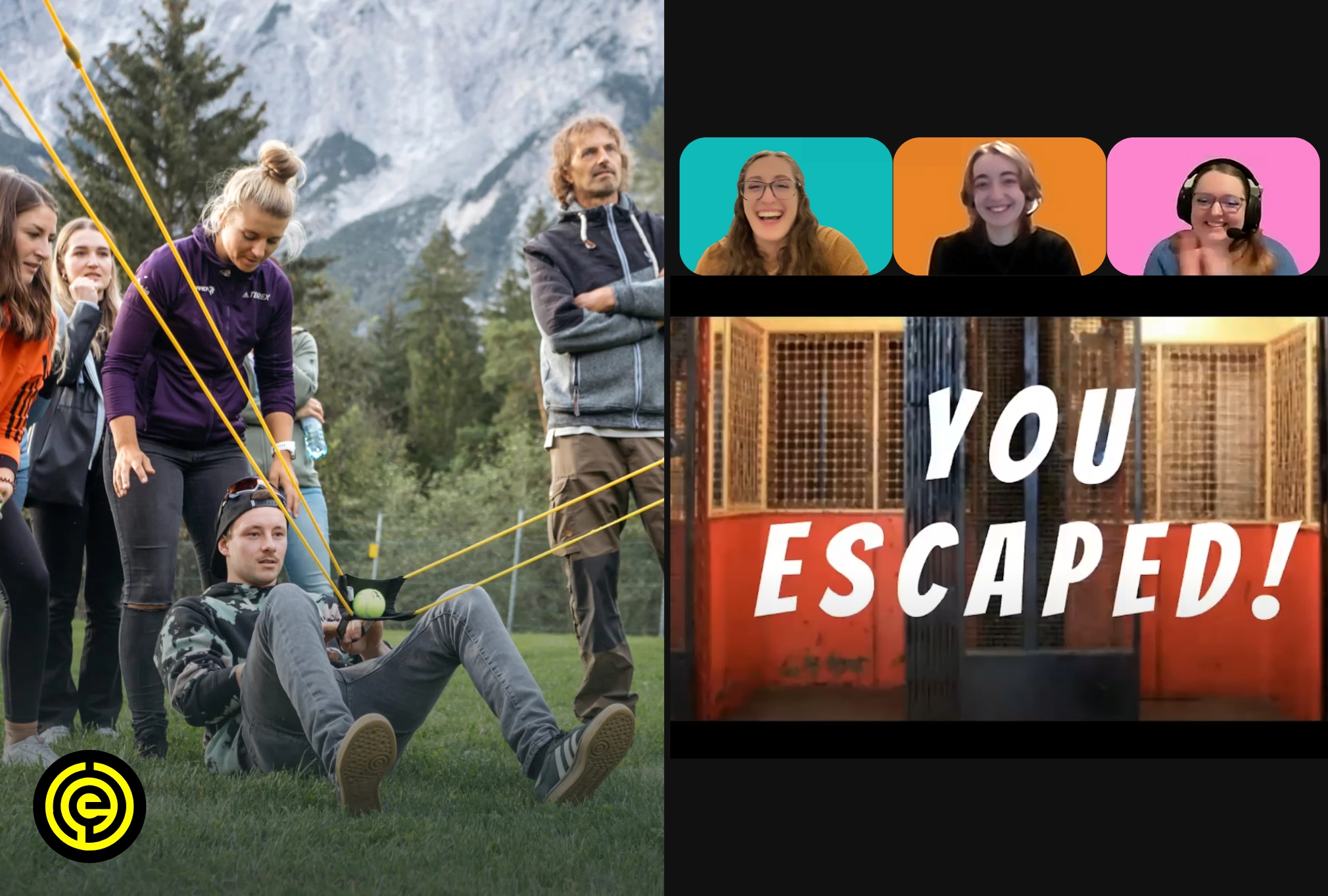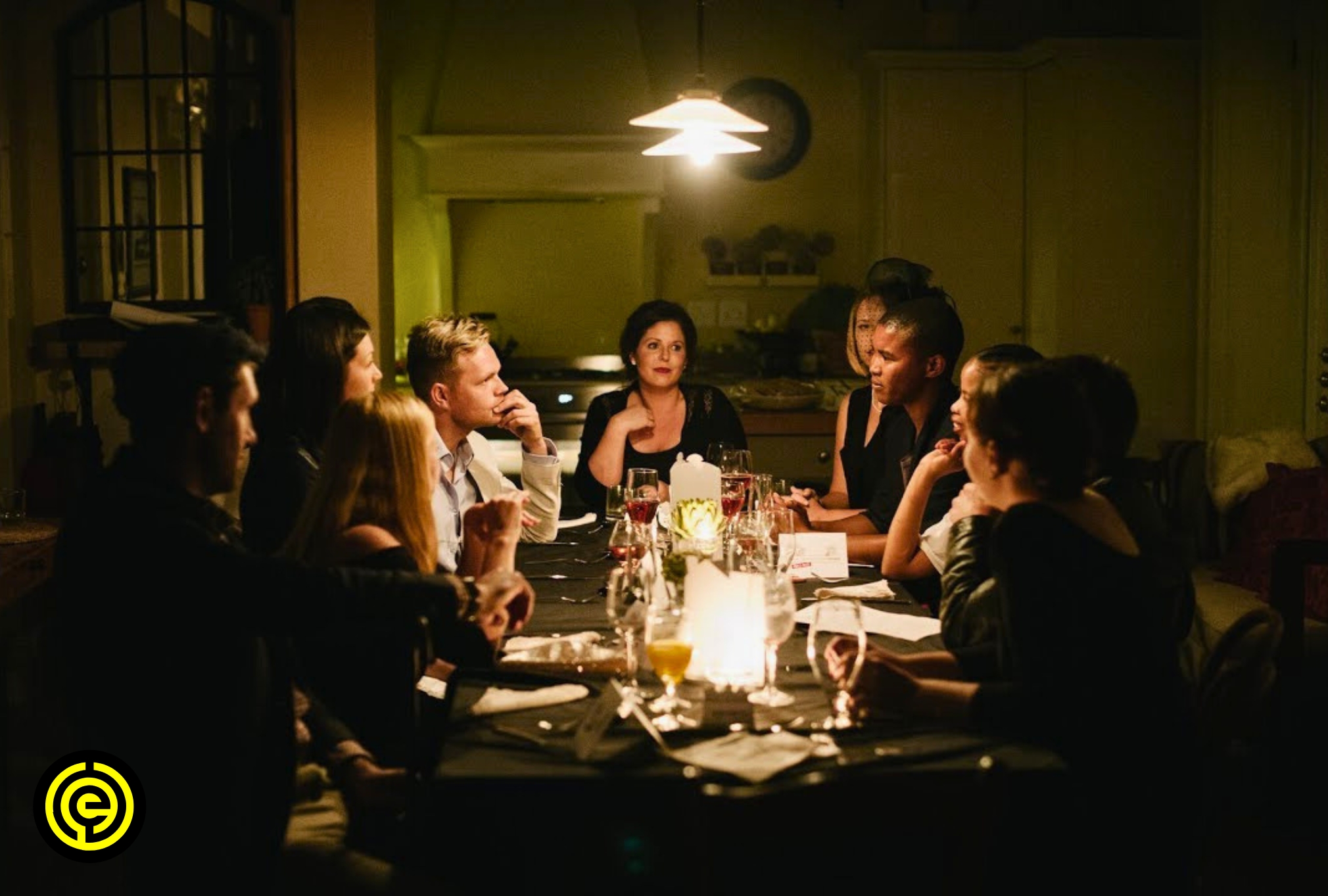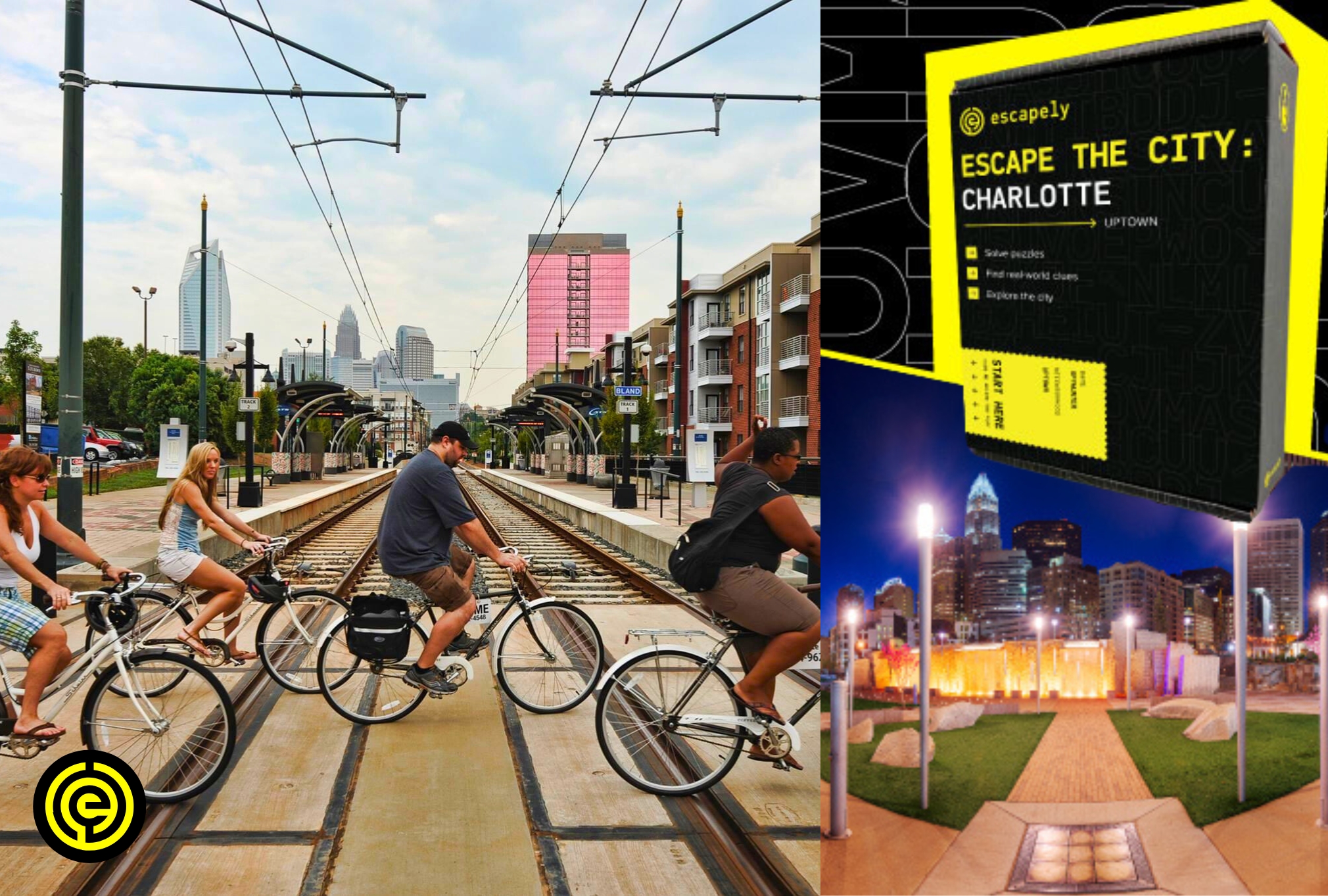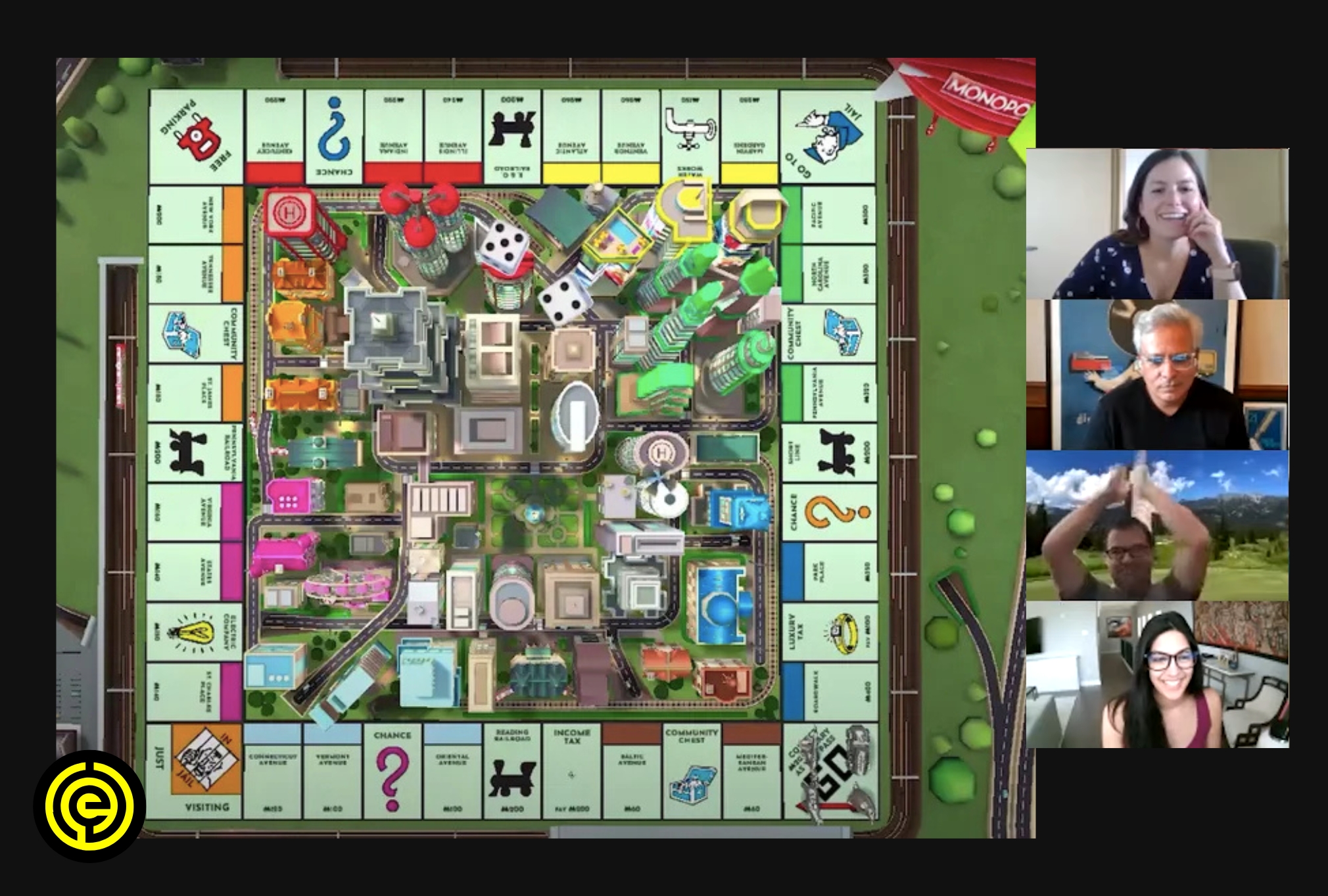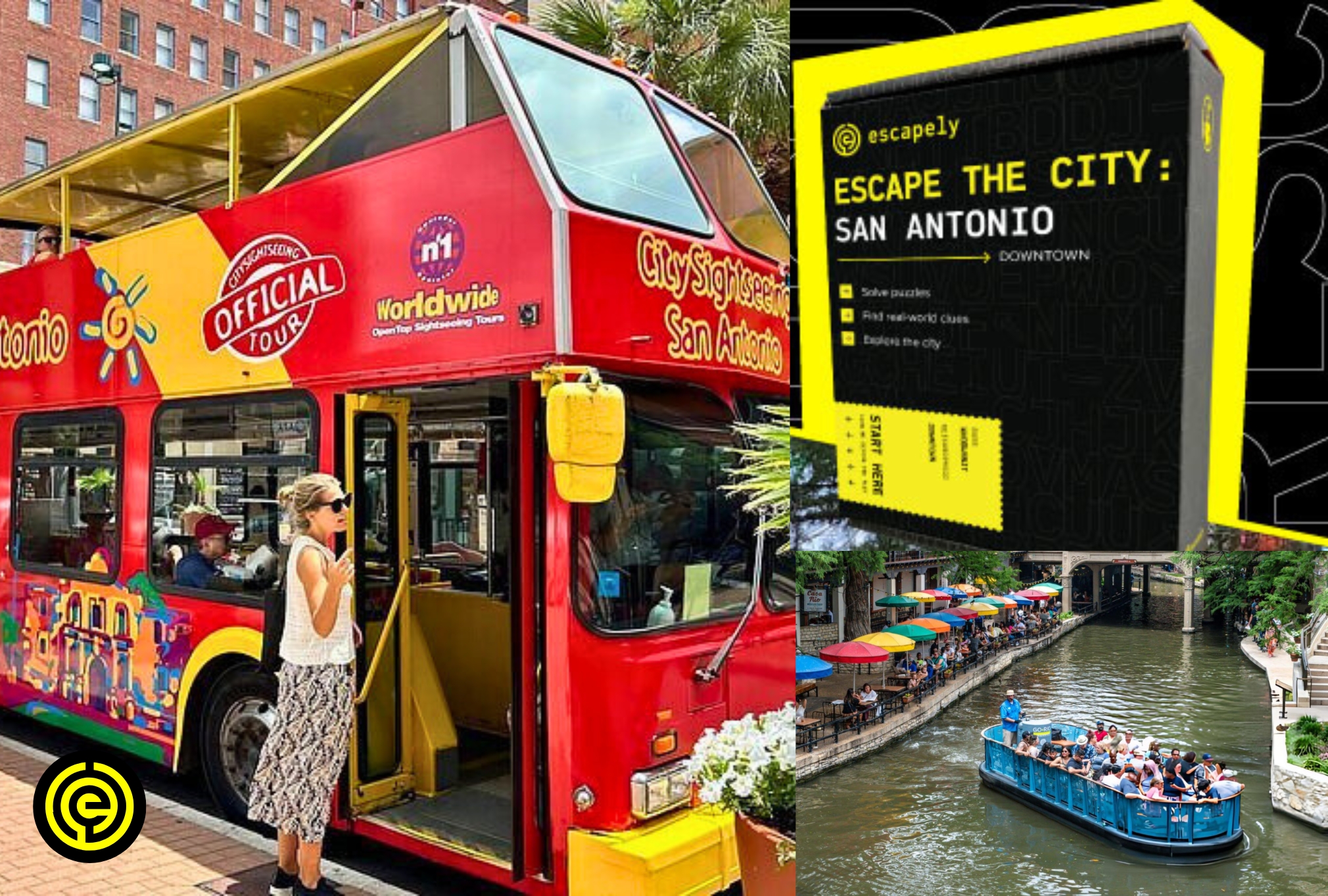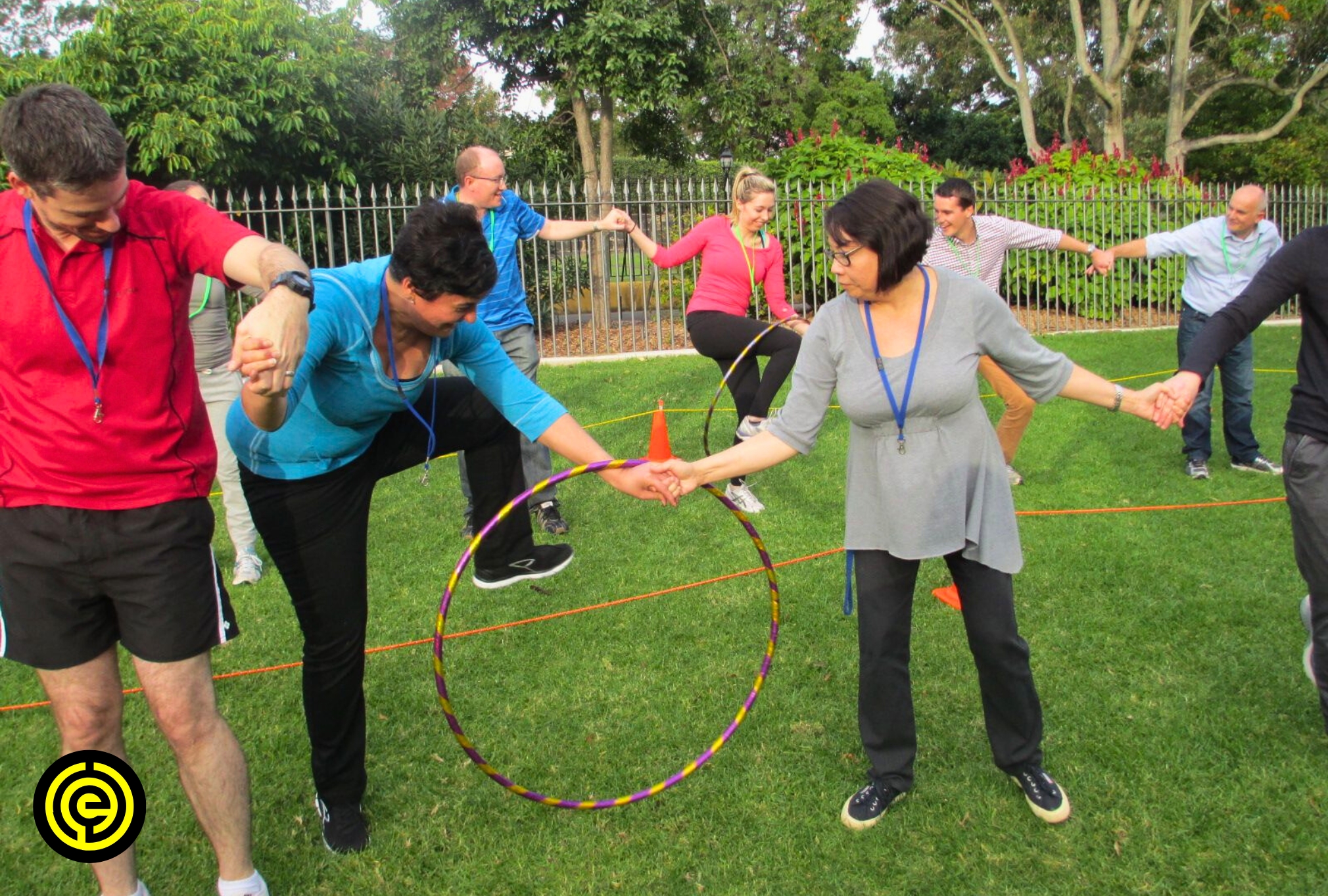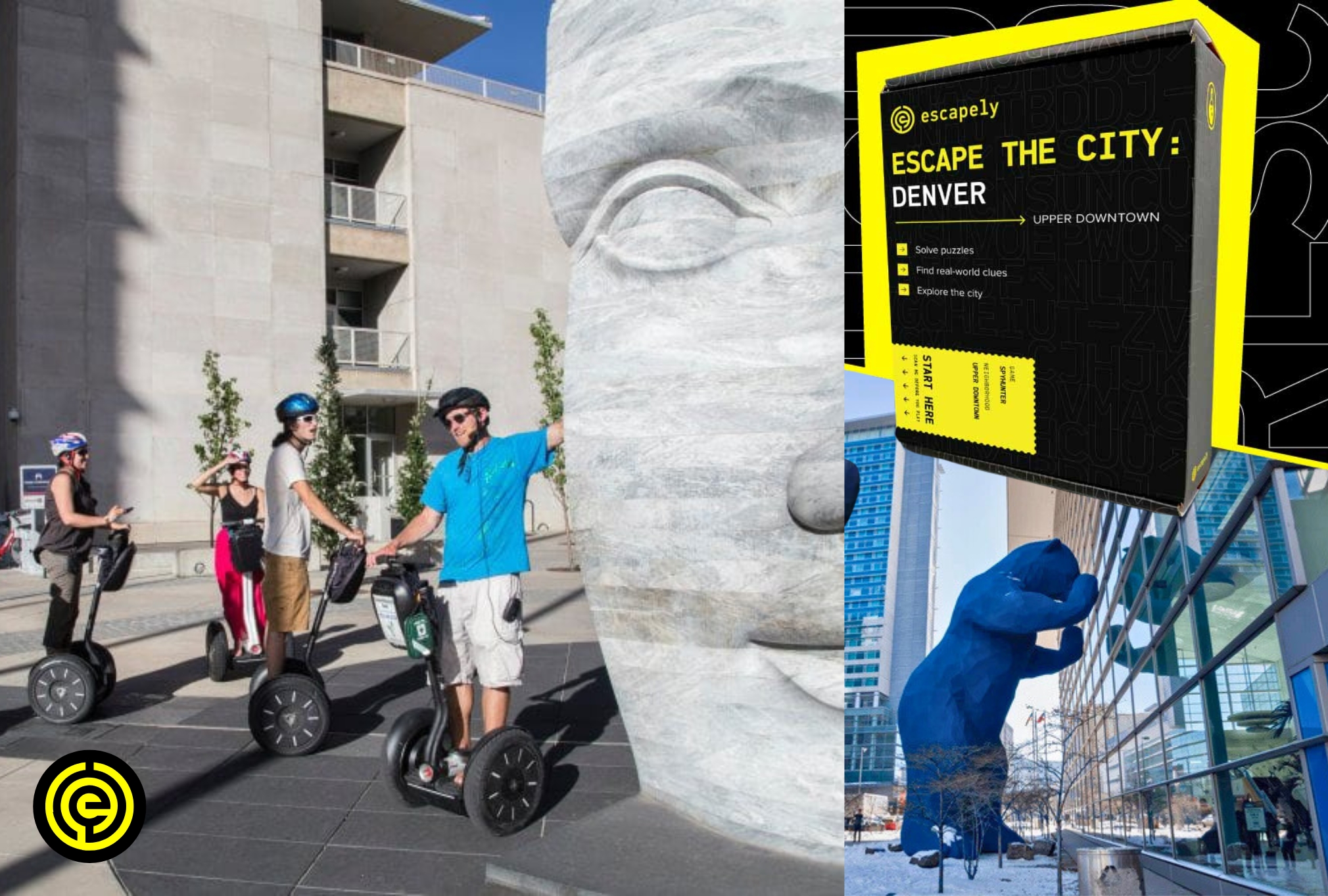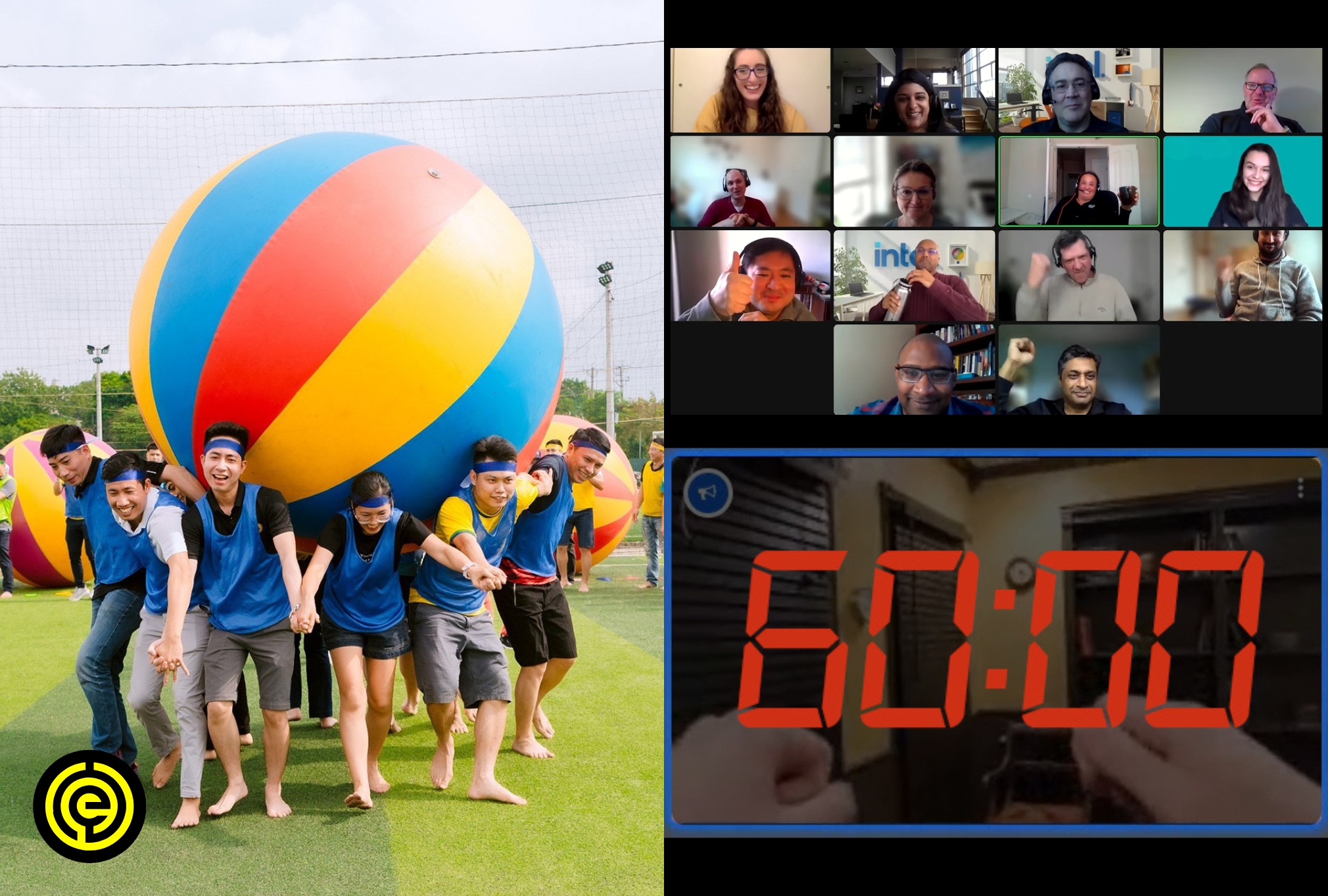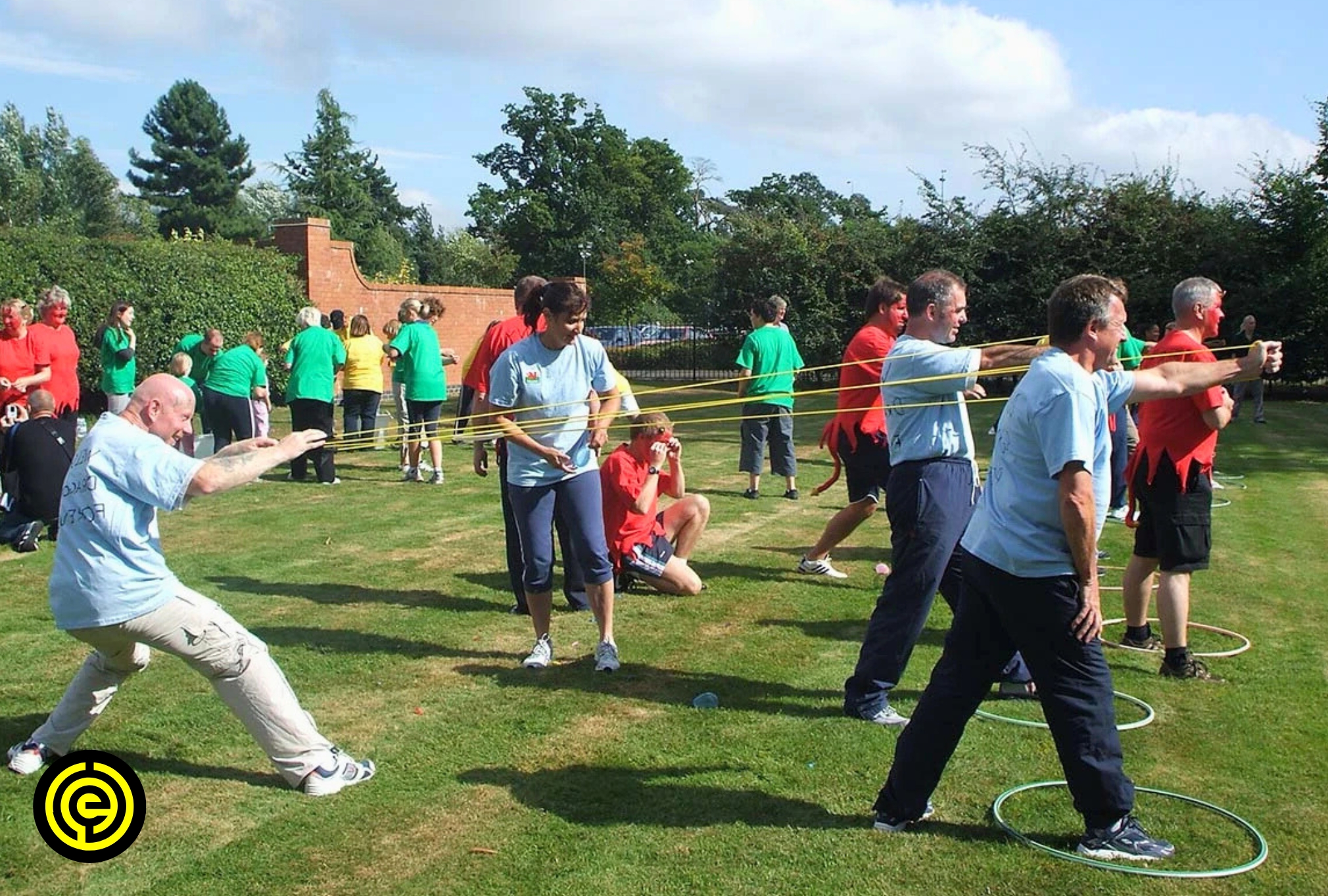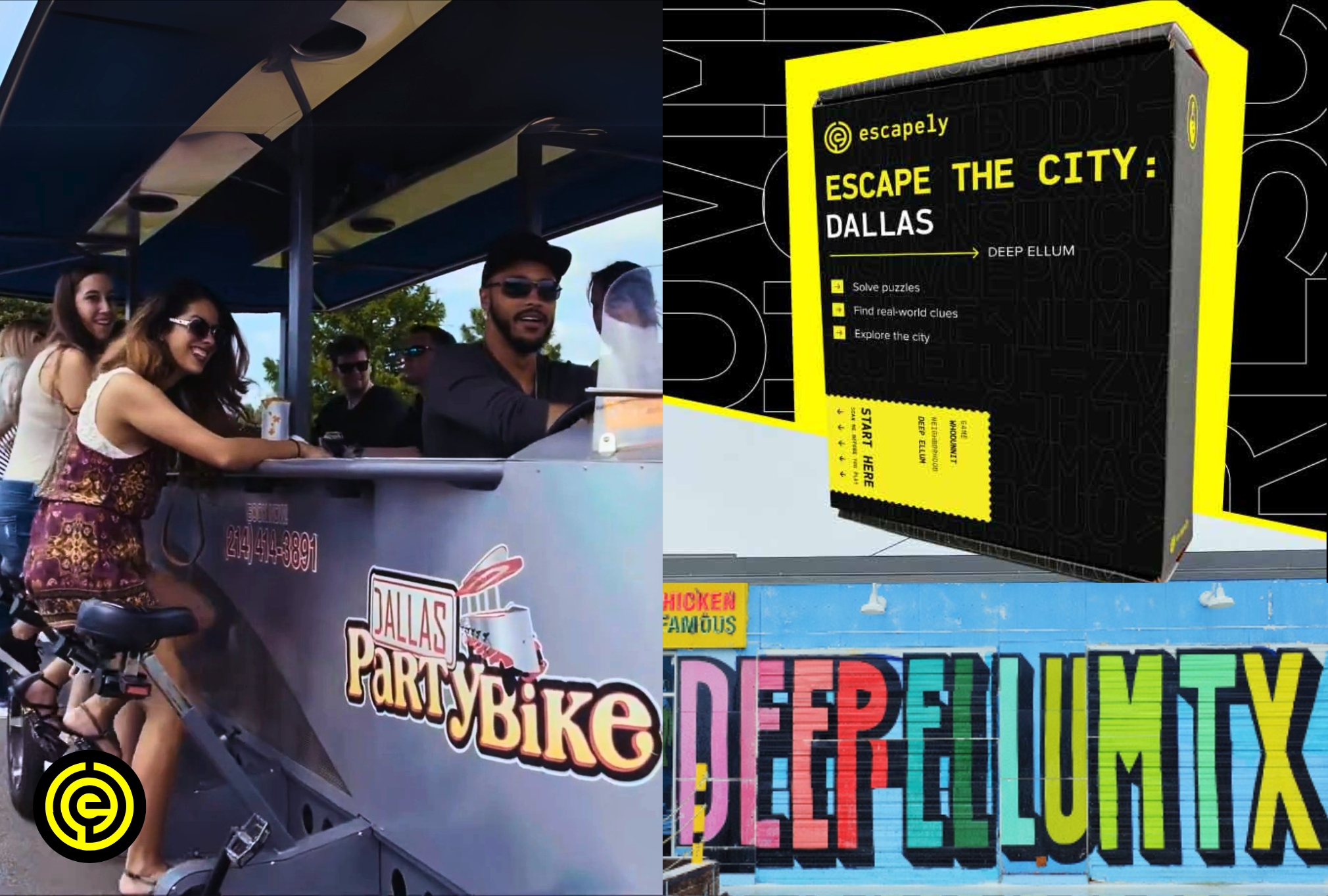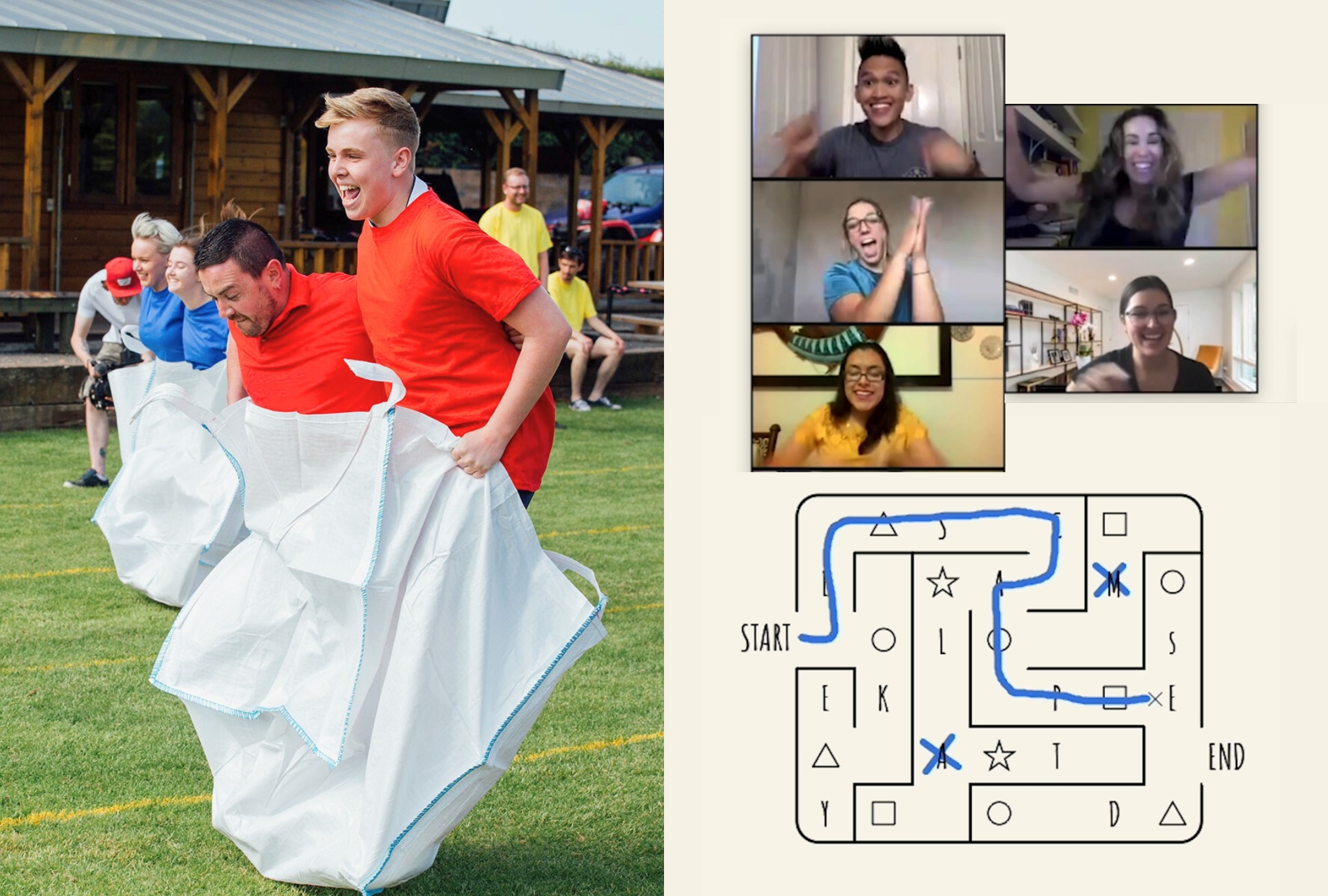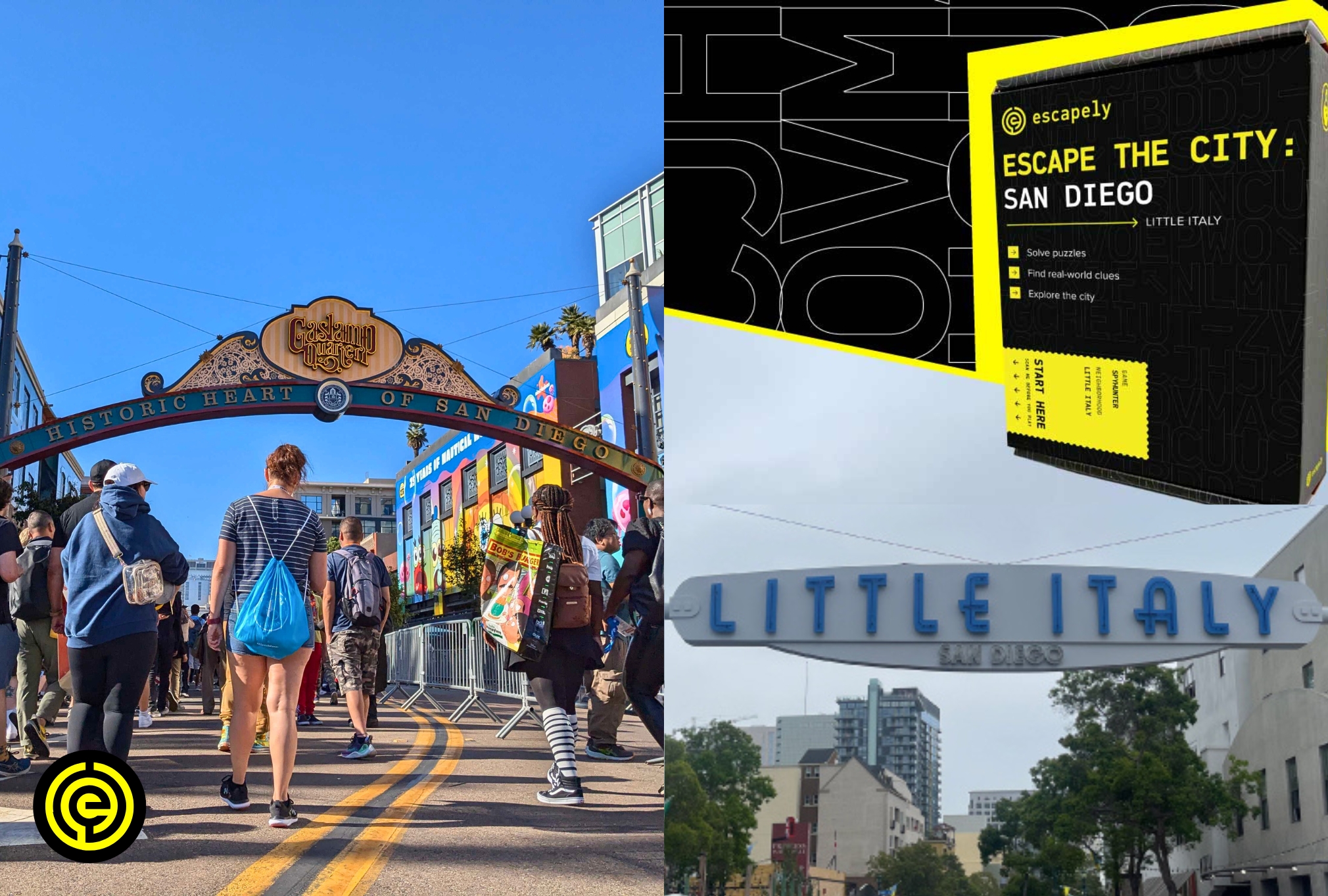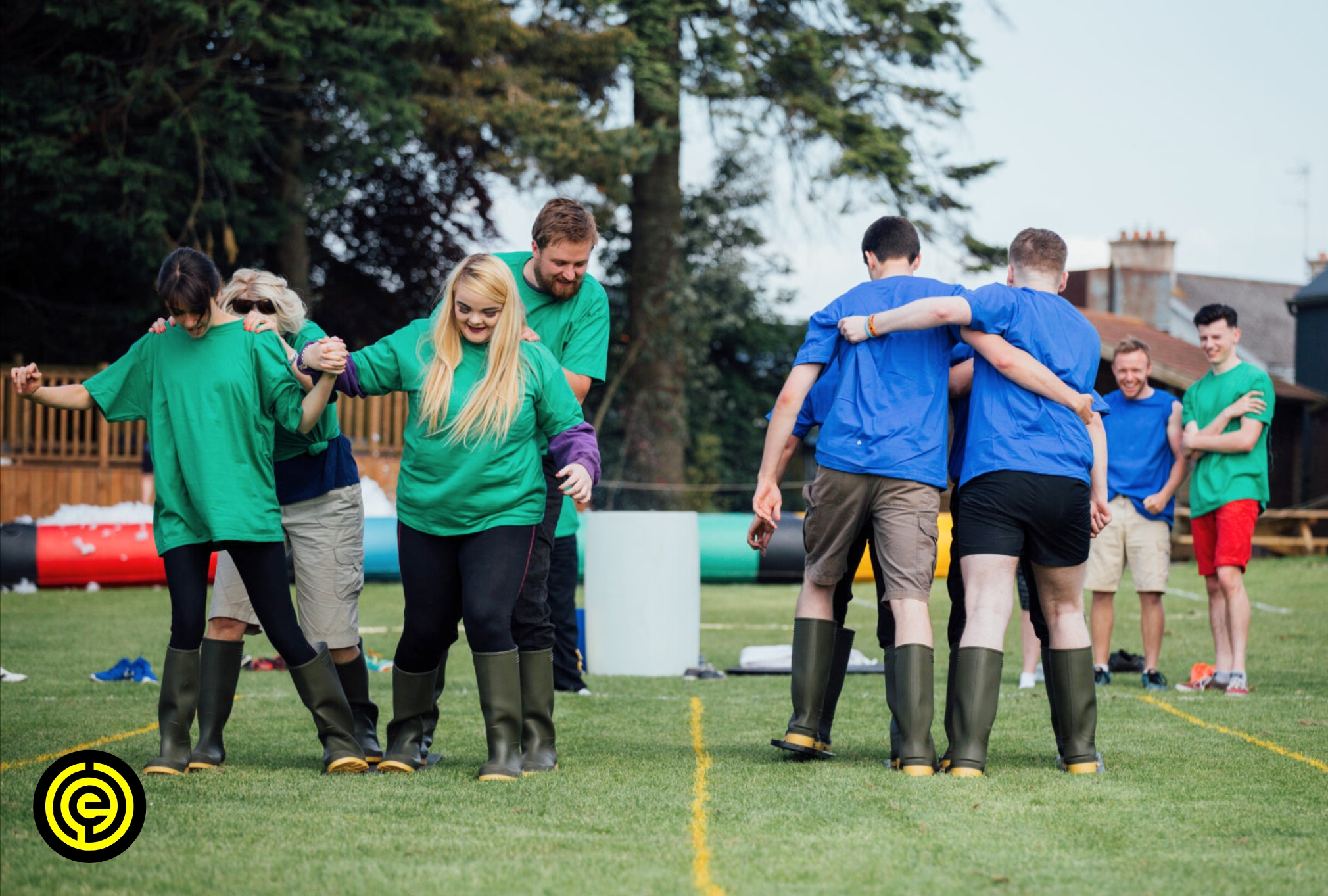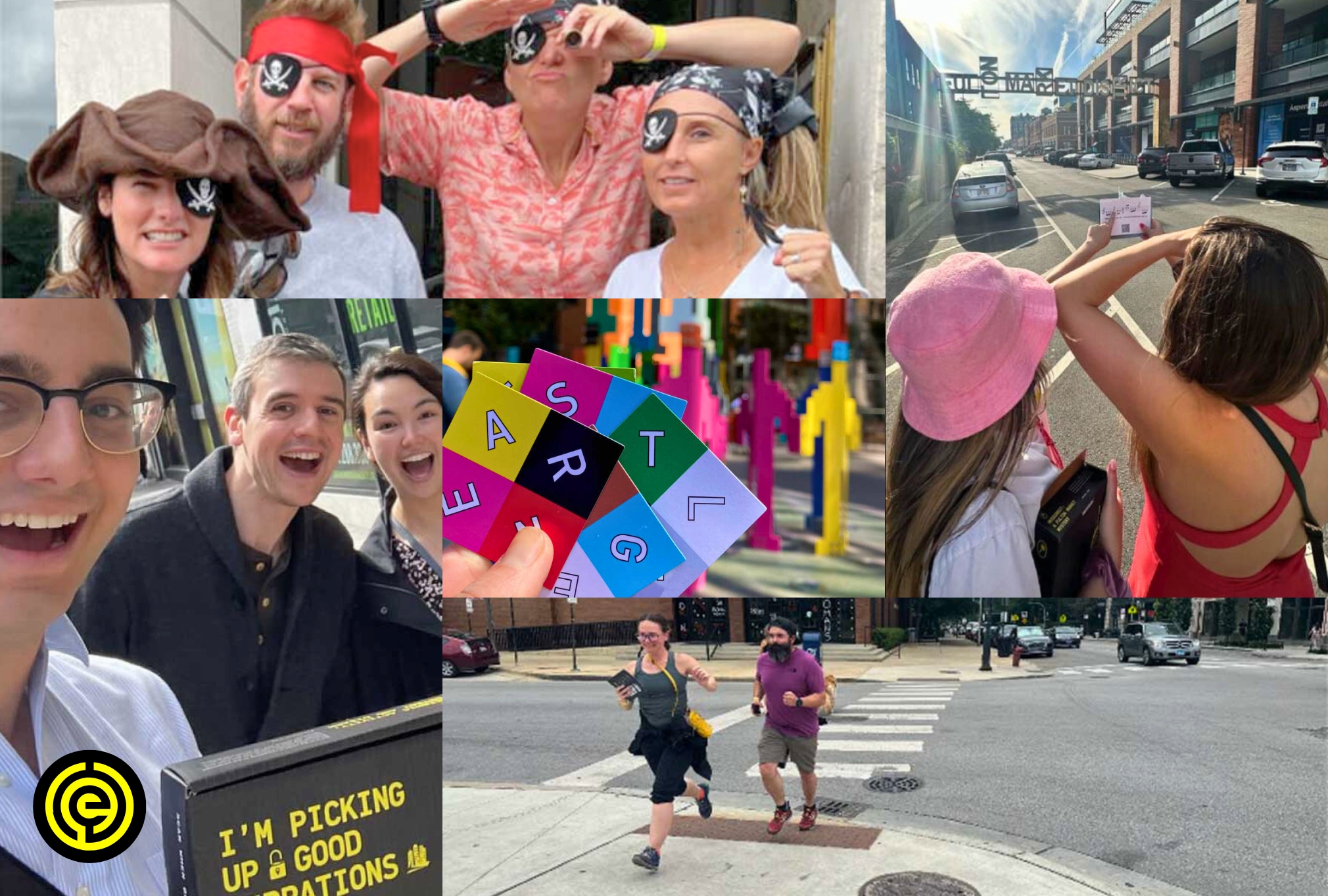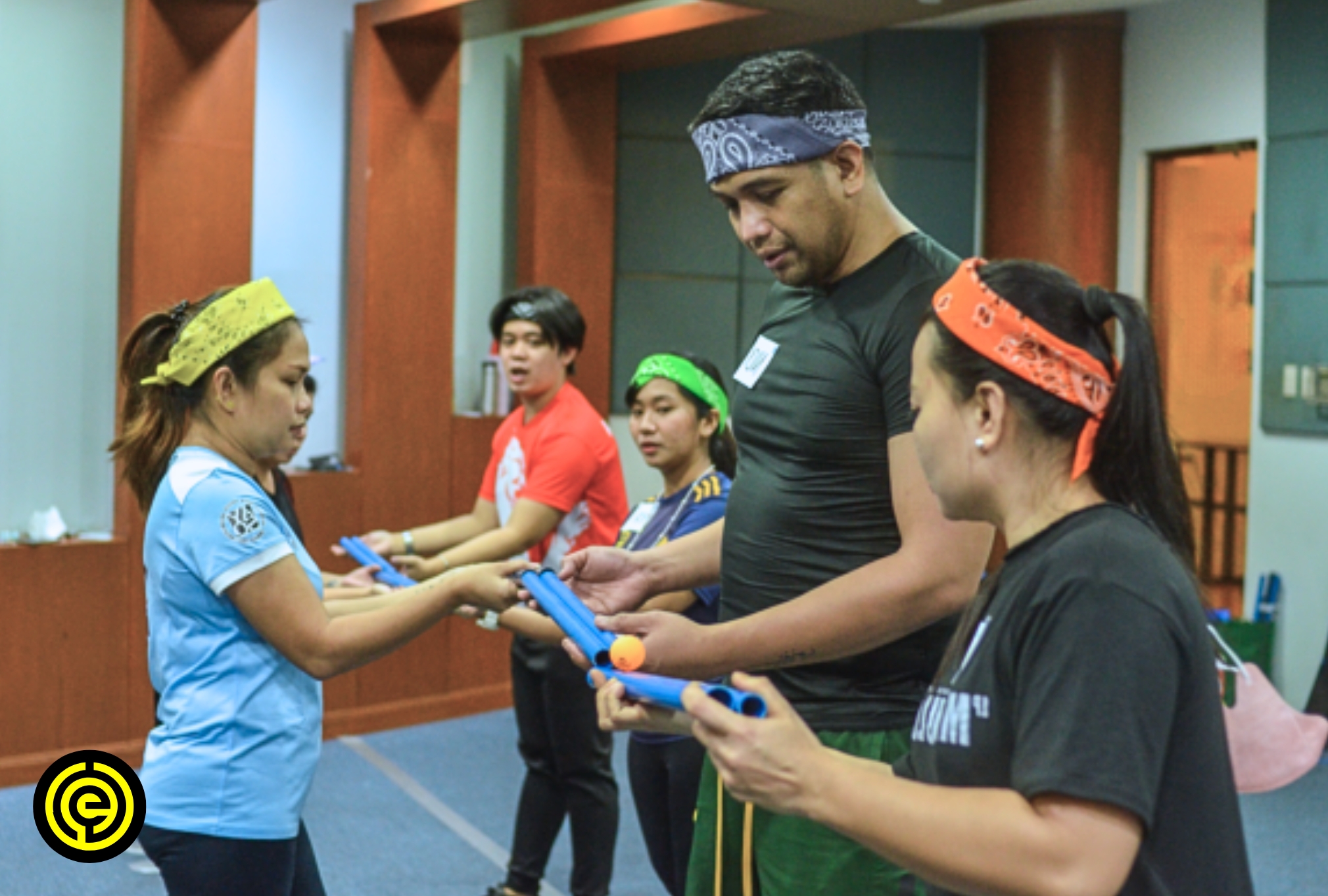Escape rooms and escape room businesses have emerged as a global phenomenon, captivating individuals eager to immerse themselves in real-life adventures.
These games challenge participants to solve puzzles, decipher codes, and complete tasks within a set time limit, all in the pursuit of escaping a themed room.
It is common to wonder, “How long does an escape room take?” especially if you are considering this activity for your friends, family, or co-workers. This can apply to both real-life and virtual escape rooms.
This article aims to shed light on the average duration necessary for completing an escape room. By examining various experiences, we will provide insights into the typical length of these engaging games.
While the focus remains on the excitement of the escape room adventure, it is worth mentioning that several factors can influence completion times. Most rooms have a maximum time limit of 60 minutes but can be extended upon request for an extra price.
The complexity of the puzzles, the problem-solving skills of team members, and the ability to brainstorm solutions collectively play a crucial role in determining whether participants can escape within the allotted hour.
If you are interested in experiencing an escape room with an engaging host and fun puzzles, you may book a demo with us. Now, let us learn more about how long an escape room takes.
What Factors Influence the Duration?
Escape rooms are recognized for their ability to offer immersive and thrilling experiences. Participants are not merely players. They become integral parts of a narrative where every puzzle solved and every clue found propels the storyline forward.
The duration of an escape room can thus vary depending on many factors. Some of the most common ones are the following.
- Difficulty level
- Number of puzzles
- Size of the room
- Team dynamics
- Room variety
Regardless of what can hold a team back during a game, escape rooms have a set time limit, regardless of how fast or slow a team completes the challenging puzzles.
A. Difficulty Level
The difficulty level of an escape room affects the time it takes for teams to complete the game. Escape rooms are designed with varying levels of complexity, catering to players of different backgrounds.
The more challenging the puzzles, the greater the demand on participants’ problem-solving abilities and quick thinking, which can extend the duration of the escape room experience.
Intricate puzzles requiring critical thinking and a keen eye for detail make an escape room experience fun and mentally stimulating. The team must work together, leveraging each member’s strengths to solve tasks and unravel hidden clues.
Solving the escape room with collaborative effort helps with the complexity of these challenges, affecting how quickly participants can reasonably progress through the game.
If it is your first escape room or you are dealing with particularly complex puzzles, the adventure can take longer than anticipated.
First-time participants may need extra time to familiarize themselves with the concept of escape rooms and develop effective strategies for solving puzzles. However, there are many engaging escape rooms with easy puzzles for beginners.
Longer games designed with experienced players in mind offer a series of intricate challenges that require sustained focus and persistence to solve.
B. Number of Puzzles
The quantity of puzzles in an escape room directly impacts how long it takes to complete the game. In escape games, each puzzle or task players encounter adds to the overall challenge and extends the duration of the experience.
The more there are, the more opportunities players have to solve and progress, but this also means they might spend more time in the room, especially if they get stuck on a challenging puzzle.
When comparing completion times, rooms with a higher number of puzzles generally take longer to finish than those with fewer tasks.
However, this is not always a straightforward comparison. Some short escape rooms might pack many puzzles into a brief time frame, requiring quick thinking and rapid problem-solving ability.
In contrast, rooms with fewer challenges might offer more complex challenges that take longer to solve.
Your game master may provide hints to help teams move forward if they find themselves stuck on one puzzle for too long, ensuring that everyone continues to have fun and the game progresses smoothly.
C. Size of the Room
The size of the room in an escape game can significantly influence the overall duration it takes for players to escape. Larger rooms or those that feature multiple rooms can add to the complexity and depth of the game.
This expanded space allows for more intricate world-building and a more immersive experience, potentially extending the time players spend as they navigate and solve puzzles.
In larger spaces, players must solve puzzles while coordinating their exploration efforts and communicate effectively to cover more ground.
This necessity for teamwork and strategic planning can also contribute to escape room time, especially in unique games that feature elaborate themes, like a bank heist, where players might feel as if they are part of an immersive world.
The challenge of moving through and understanding the space means that even veteran players might find themselves fully engaged for the entire hour, if not longer.
D. Team Dynamics
Effective teamwork is crucial in determining how quickly a team can escape the room. As soon as the game starts, each team member must rely on each other to complete all the escape room games.
The ability of team members to work together, share discoveries, and strategize effectively can significantly reduce the time it takes to move through the various challenges an escape room presents.
A well-coordinated team often finds it easier to uncover hidden clues and make connections necessary for advancing towards the final puzzle.
Communication and collaboration are the goals of escape rooms. Teams that communicate effectively, ensuring everyone is on the same page and aware of each other’s discoveries, tend to perform better.
A regular check-in process and information sharing among team members will facilitate a smoother experience, allowing the group to progress through the room more efficiently.
A game guide may offer hints, but ultimately, the team’s collective effort and ability to work as a unit determines their success within the allotted one-hour timeslot.
E. Room Variety
When selecting an escape room, you must consider the desired duration and challenge level to ensure the experience aligns with your expectations. These are provided with escape games’ introductions.
Escape rooms vary widely in terms of theme and complexity, offering everything from thrilling adventures to more immersive experiences.
This variety means that some games may be shorter and more straightforward, ideal for beginners or those looking for a quick activity. In contrast, others might offer a longer, more challenging experience suitable for seasoned players.
To optimize your escape room experience, choose a room that matches your preferences and your team’s skill level.
Whether you are searching for a light-hearted game to play with friends or a more demanding escape room challenge, there is likely an option that fits the bill.
Taking the time to research and select an escape room game that aligns with your interests and desired commitment can significantly enhance the enjoyment and satisfaction derived from the game.
Are you ready to learn how fast you can get out of an escape room? Book a demo to discover the many escape room scenarios and themes we offer.
Escape the City
Are you looking for a thrilling challenge for your private parties or time with friends?
Escape The City offers a unique twist on the traditional escape room experience. It transforms your entire city into a vast escape game playground, where each location serves as a stage for the adventure.
In Escape The City, every stop is integrated with real-world elements, providing clues that lead to your next destination. This innovative approach allows players to interact with their surroundings in a novel and engaging way.
The experience is available in various cities, including San Francisco, Seattle, Atlanta, and more. Each has its own lore, making a more interesting escape game for all participants.
This widespread availability makes it accessible for those looking to infuse their city explorations with a bit of mystery and excitement.
Teams can expect to complete the escape game within 1.5 to 3 hours, depending on their pace and how quickly they can decipher the clues.
This flexibility in timing ensures that the game can be a perfect addition to any outing, offering fun and adventure at every turn.
Tips for a Successful Escape
Here are a few additional hacks and tricks to help you make the most of your 60 minutes and easily find the escape room tips you need to complete all the games.
- Time allocation strategies
- Effective communication
- Problem-solving strategies
- Every second counts
By keeping these tips in mind, you can get your money’s worth and increase your chances of successfully completing escape rooms with your friends.
A. Time Allocation Strategies
When diving into an escape room, you must prioritize tasks and foster effective collaboration to make the most of your allotted time.
With typically 60 minutes on the clock, teams that quickly organize themselves, dividing responsibilities and tackling different aspects of the room simultaneously, tend to find more success.
This approach helps maximize the time and enhances the fun by keeping everyone engaged.
The ability to swiftly identify which tasks should be addressed first can significantly impact your experience with escape rooms and help you use your escape room time wisely.
Teams that take a moment to assess their surroundings and decide on a plan of action are also more likely to escape the room faster.
Recognizing immediate objectives and assigning them to different team members allows for a smoother flow through the game, turning the challenge into an enjoyable adventure for all participants.
B. Effective Communication
Escape rooms were designed to encourage effective communication. Sharing clues and observations as soon as they are discovered ensures that all team members are working with the same information.
This practice helps streamline the problem-solving process while fostering a collaborative environment where everyone feels involved.
A game guide can offer hints that prompt further discussion and exploration among team members. However, it is still up to the players to encourage each other to stay positive and communicate how they can move forward with each puzzle.
Even the smallest detail is important and should be communicated inside an escape room. What might appear as an inconsequential element could be a potential clue leading to the next step in the game.
Recognizing and communicating every observation, no matter how minor it may seem, can be the difference between staying stuck and moving forward, allowing you to accomplish your mission and win the game within the allotted time.
C. Problem-solving Strategies
Escape rooms were designed to encourage participants to think outside the box while they play. Analyzing clues from different perspectives can allow them to uncover solutions that may not be immediately apparent.
It is crucial for players to stay focused and maintain a positive mindset to solve challenges creatively. This makes the game more fun and enriches the problem-solving experience.
As you go through each room, leverage each team member’s unique skills and insights to enhance the group’s problem-solving capacity.
Whether it is a knack for noticing subtle details, logical reasoning, or creative thinking, every individual brings something valuable to the table.
By utilizing the diverse strengths within the team in the escape room, groups can navigate the intricacies of escape rooms more effectively.
This collaborative effort not only accelerates progress but also ensures that the experience is enjoyable for all participants.
D. Every Second Counts
An escape room game only lasts for a limited time, which adds a thrilling element to the game. Whether you are in a physical location or participating in virtual escape rooms, the clock is always ticking.
This time constraint encourages players to make every second count, pushing them to think faster and work more efficiently as they navigate through the challenges presented.
The key is to stay focused on the task at hand, collaborate effectively with teammates, and, most importantly, enjoy the escape room adventure.
Staying positive while completing an escape room, even when faced with complex challenges, can significantly enhance the group’s performance and overall experience.
Remember, the goal is not just to escape the room but also to have fun, play, and create lasting memories with peers or colleagues in the same room or even in virtual spaces.
Key Takeaways on How Long An Escape Room Takes
Many factors can influence the duration of escape rooms, from how the team works to the difficulty of the challenges in each escape room.
Remember to consider the time limit along with these factors to ensure you get the most out of your escape room. Researching the different businesses can help you find the best escape rooms that can match your needs.
Escapely is the most reliable when it comes to in-person and virtual escape rooms. You are guaranteed to find diverse and engaging escape room games that can help you have fun while working on essential skills you can use daily.
Book your next adventure with us and prepare for an exhilarating experience with our games that are sure to help you think outside the box and foster a stronger bond with your peers.
Are you ready to learn how fast you can get out of an escape room? Book a demo to discover the many escape room scenarios and themes we offer.










